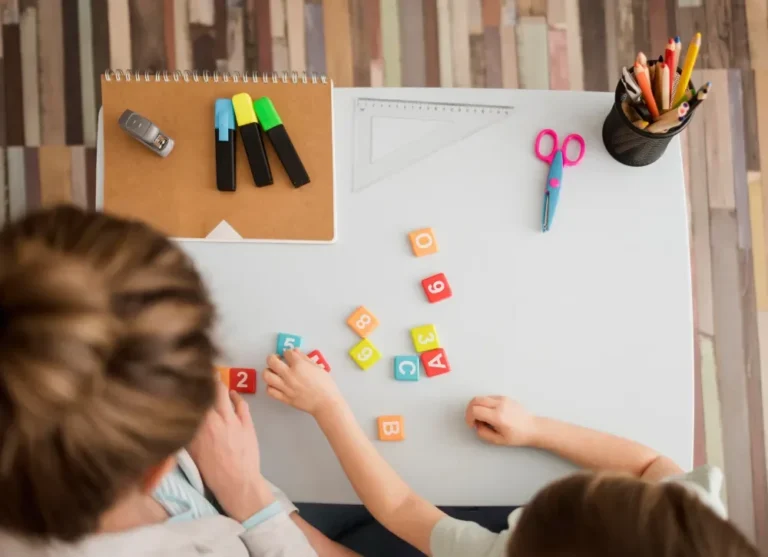Imagine a rainy afternoon where your preschooler is bouncing off the walls with energy, and you’re staring at an empty craft drawer. Sound familiar? The good news is you don’t need fancy supplies or a trip to the store to keep little hands busy and minds engaged. With just a few everyday items from your kitchen, bathroom, or recycling bin, you can create delightful preschool crafts that are simple, safe, and endlessly entertaining.
In this ultimate guide, we’ll explore a treasure trove of preschool crafts that transform ordinary household objects into extraordinary learning opportunities. From classic finger painting sessions to inventive glue crafts, these activities are designed for tiny creators aged 3-5. Whether you’re a parent, grandparent, or preschool teacher, you’ll find step-by-step ideas, safety tips, and inspiration to make art time magical—without breaking the bank.
Why Preschool Crafts Matter for Early Development
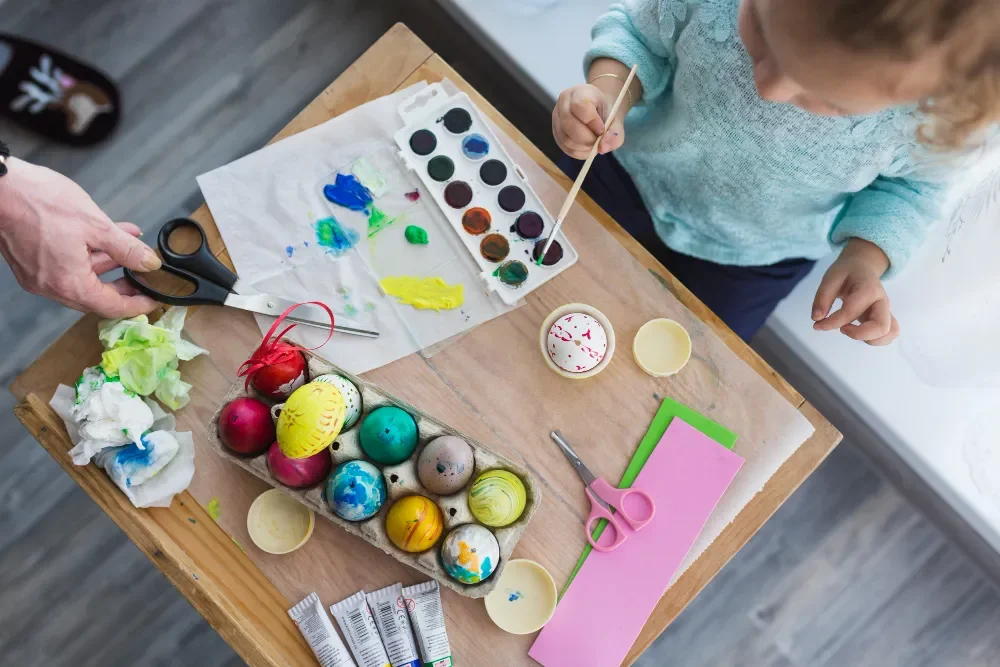
Art isn’t just about making something pretty to stick on the fridge. Preschool crafts lay the foundation for cognitive, emotional, and physical growth. When children squish playdough between their fingers or glue paper scraps into a collage, they’re building fine motor skills, problem-solving abilities, and confidence.
Take Sarah, a mom of twin four-year-olds. She noticed her boys struggling to hold pencils during preschool drop-off. After two weeks of daily kids art projects using clothespins and pom-poms (made from yarn scraps), their grip strength improved dramatically. Their teacher even commented on their newfound focus during writing time.
Research backs this up: the National Association for the Education of Young Children (NAEYC) reports that hands-on creative play enhances language development, spatial awareness, and emotional regulation. So every glue stick swipe or paint smear is an investment in your child’s future.
Gathering Your Household Craft Arsenal
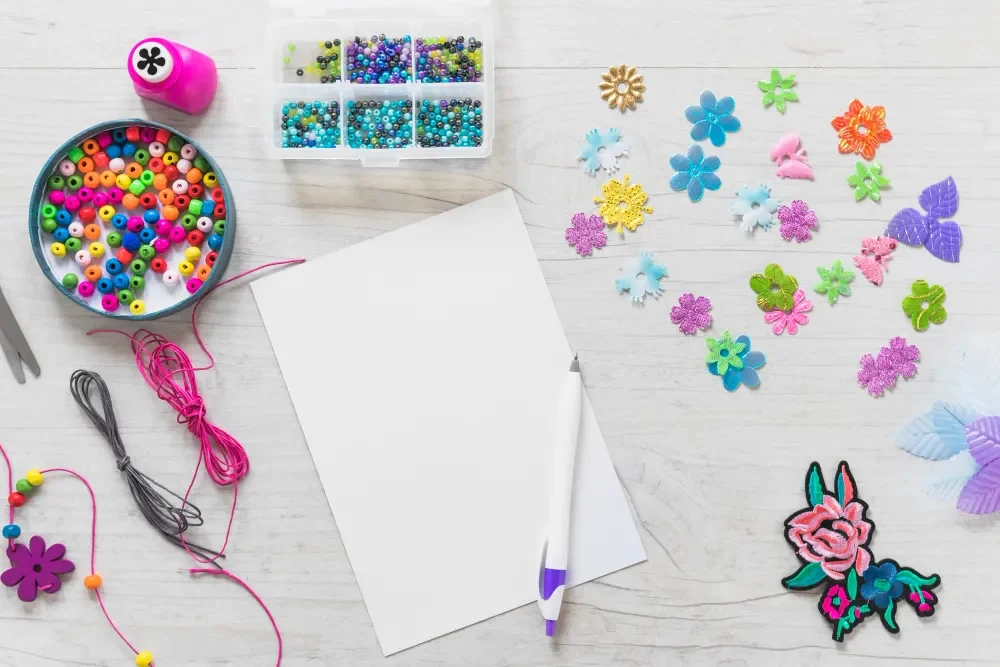
Before diving into the fun, let’s raid your home for supplies. The beauty of these preschool crafts is their accessibility. Here’s a starter list:
- Paper products: Old newspapers, printer paper, cardboard boxes, egg cartons, paper plates, toilet paper rolls.
- Kitchen finds: Dry pasta, rice, food coloring, aluminum foil, plastic bottles, sponges.
- Bathroom basics: Cotton balls, Q-tips, empty tissue boxes.
- Office odds and ends: Paper clips, rubber bands, sticky notes.
- Nature’s gifts: Leaves, sticks, pebbles (collected safely from your yard).
Pro tip: Create a “craft caddy” using an old shoebox. Let your child decorate it during your first project—this builds ownership and excitement for future kids art projects.
Mess-Free Finger Painting Ideas (Yes, Really!)
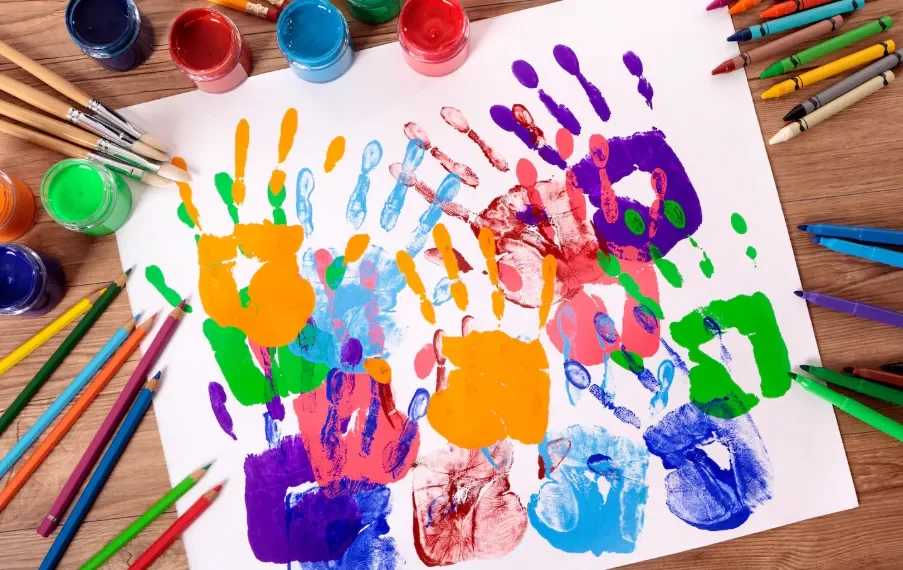
Finger painting often conjures images of rainbow-colored chaos. But with a few clever hacks, you can enjoy the sensory benefits without the cleanup nightmare.
Ziplock Bag Painting
Seal washable paint inside a gallon-sized ziplock bag, tape it to the table, and let kids “paint” by squishing the colors together. Four-year-old Mia created an underwater scene complete with swirling blues and greens—her mom snapped a photo before the bag went straight into the trash. Zero mess, maximum creativity.
Shaving Cream Marbling
Spray non-menthol shaving cream onto a baking sheet, add drops of food coloring, and swirl with a popsicle stick. Press paper on top for instant marbled art. The best part? It smells amazing and wipes clean with a damp cloth.
Safety note: Always supervise finger painting activities, especially with edible components. Use taste-safe ingredients like pudding or yogurt for toddlers who still explore with their mouths.
Glue Crafts That Stick (Literally) to Skill-Building
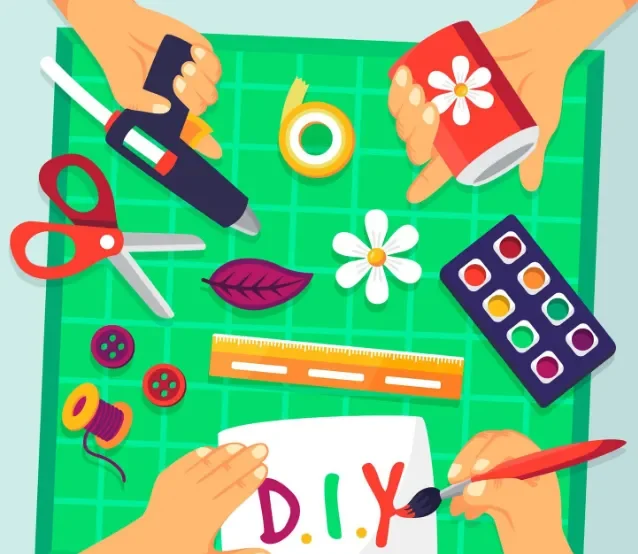
Glue crafts are perfect for practicing precision and patience. Start with washable school glue—its slow drying time gives wiggle room for adjustments.
Pasta Necklaces
Boil pasta shapes (rigatoni works great), let cool, and paint with food coloring if desired. Thread onto yarn for wearable art. Five-year-old Jamal proudly wore his creation to show-and-tell, explaining how he sorted shapes by size—a sneaky math lesson in disguise.
Contact Paper Collages
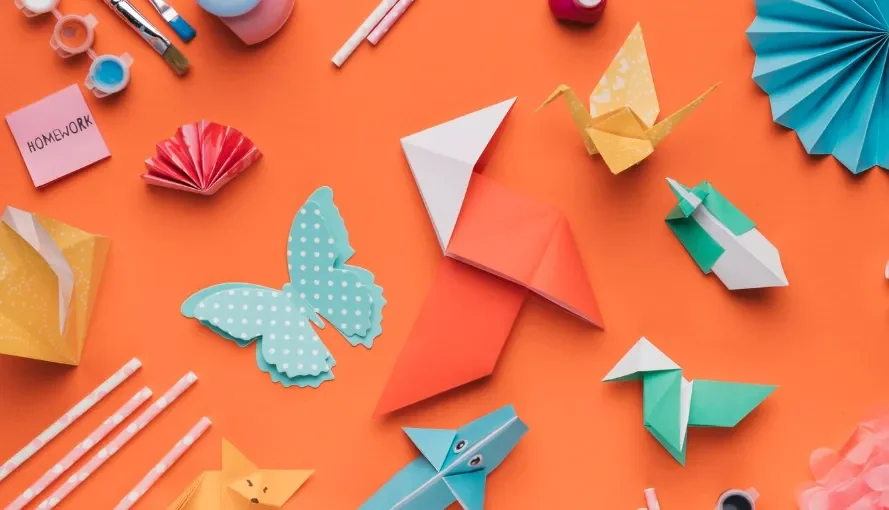
Stick clear contact paper sticky-side-up on a window. Provide tissue paper squares, feathers, or foil scraps. Kids arrange materials without glue, then seal with another contact paper layer for a stained-glass effect. This low-mess option is ideal for preschool tips when hosting playdates.
Recycled Material Masterpieces

Turn trash into treasure with these eco-friendly kids art projects.
Cardboard Tube Animals
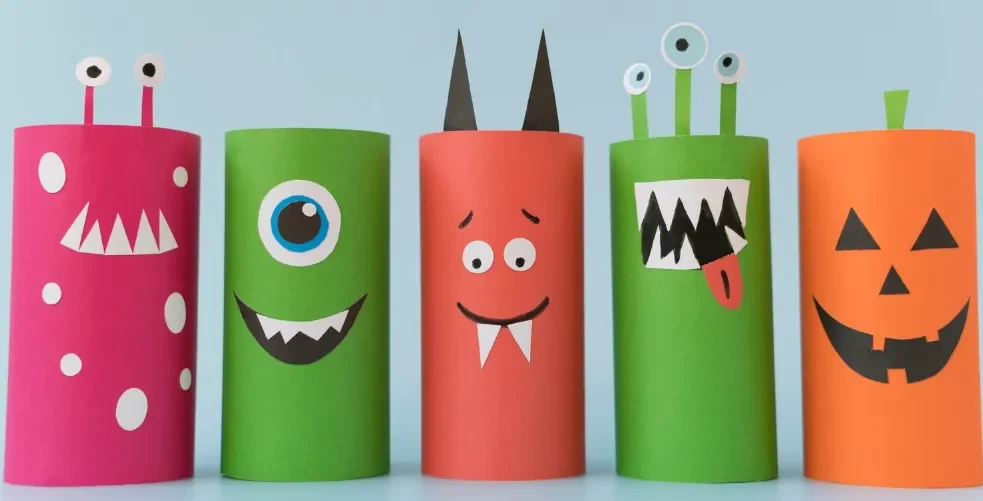
Transform toilet paper rolls into owls, snakes, or rockets. Add googly eyes (or draw them with markers) and construction paper wings. When preschool teacher Ms. Lopez introduced this during Earth Week, her class created an entire zoo—complete with habitat signs written in emergent scribbles.
Bottle Cap Mosaics
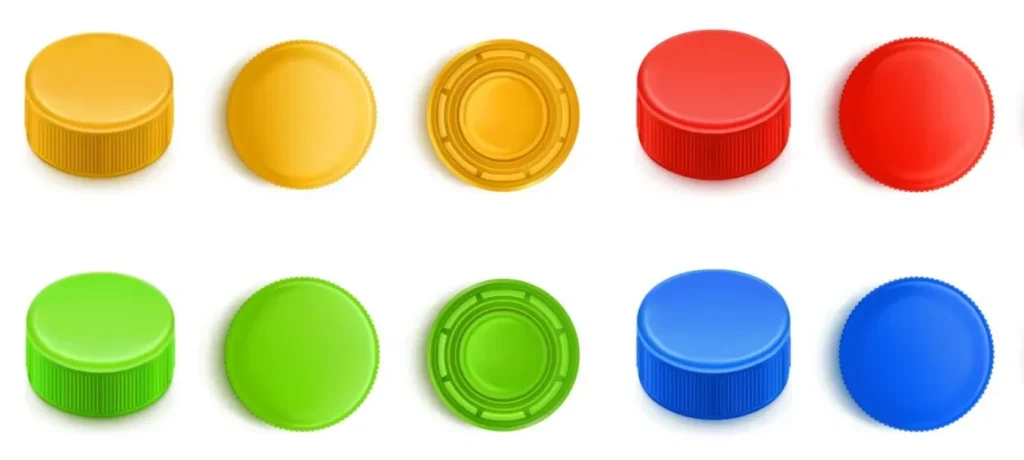
Collect plastic bottle caps in various colors. Glue onto cardboard to form patterns or pictures. This activity strengthens pincer grasp while teaching color recognition. Bonus: Discuss recycling to plant environmental seeds early.
Table: Comparing Popular Preschool Craft Mediums
| Craft Medium | Pros | Cons |
|---|---|---|
| Finger Paint | Sensory-rich; develops fine motor skills; easy cleanup with bag method | Can be messy without containment; requires supervision |
| School Glue | Teaches precision; affordable; dries clear | Sticky fingers; longer drying time |
| Recycled Materials | Eco-friendly; free; encourages creativity | May require collecting items over time; sharp edges on some items |
| Dry Pasta/Rice | Tactile; inexpensive; doubles as math manipulative | Potential choking hazard for under 3; attracts pests if not sealed |
| Contact Paper | No-mess sticking; reusable; window display potential | Limited to lightweight materials; can lose stickiness in humidity |
Seasonal Sensations: Crafts for Every Calendar Page
Keep preschool crafts fresh by tying them to seasons or holidays—without buying themed supplies.
Fall Leaf Rubbings
Place collected leaves under paper, rub with crayon sides for textured art. Frame the best ones for instant autumn decor.
Winter Snow Dough
Mix equal parts hair conditioner and cornstarch for cloud-like dough. Add peppermint extract for scent. Store in airtight containers for weeks of play.
Spring Flower Presses
Press flowers between wax paper and heavy books. Later, glue onto cardstock for Mother’s Day cards.
Summer Sun Catchers
Melt plastic beads in metal cookie cutters (outdoors or well-ventilated) for translucent ornaments. Adult supervision required for oven step.
Troubleshooting Common Craft Challenges
Even the best-laid craft plans hit snags. Here’s how to handle frequent hurdles:
Challenge 1: “I don’t want to get dirty!” Solution: Offer smocks made from dad’s old t-shirts and emphasize that mess is part of the magic. Keep wet wipes handy.
Challenge 2: Short attention spans Solution: Set up “craft stations” with 5-minute activities. Rotate every quarter-hour to maintain engagement.
Challenge 3: Sibling squabbles over materials Solution: Prepare identical supply cups for each child. Teach turn-taking with a sand timer.
Challenge 4: Perfectionist meltdowns Solution: Model “happy accidents.” Spill paint? Turn it into a new background color. Torn paper? It’s now a jagged mountain.
Advanced Techniques for Crafty Veterans
Ready to level up your preschool crafts? Try these twists:
- Homemade Puffy Paint: Mix equal parts glue and shaving cream, add food coloring. Microwave for 30 seconds for 3D effects.
- Scented Playdough: Knead essential oils (lavender for calm, citrus for energy) into store-bought or homemade dough.
- Light Table Exploration: Place a clear bin over Christmas lights (safely secured). Add translucent items like colored pasta or bottle caps for glowing art.
When preschooler Emma’s family introduced a DIY light table using an old plastic storage bin, her vocabulary exploded as she described “glowing purple towers” and “shimmering pink rivers.”
The Long-Term Magic of Consistent Crafting
The benefits of regular kids art projects extend far beyond preschool walls. Longitudinal studies show children who engage in frequent creative play demonstrate:
- Higher academic achievement: Art-integrated classrooms see math scores rise 12% on average.
- Improved emotional intelligence: Expressing feelings through color and shape builds empathy.
- Enhanced problem-solving: Deciding where to place the next piece in a collage mirrors engineering thinking.
Parent testimonial: “My daughter started glue crafts at three. Now at seven, she designs her own board games complete with hand-drawn cards. I trace it all back to those messy afternoons with paper scraps.” – Jennifer, mom of two.
Creating a Craft-Friendly Home Environment
Dedicate a corner for creativity. A low table, washable rug, and reachable shelves stocked with labeled bins work wonders. Rotate materials monthly to maintain novelty. Involve kids in cleanup—singing a “clean-up song” turns chores into games.
Preschool tips for teachers: Laminate favorite kids art projects to create classroom books. Seeing their work published motivates even reluctant artists.
Conclusion: Your Craft Adventure Awaits!
From finger painting in ziplock bags to engineering cardboard tube cities, preschool crafts with household items prove that imagination is the only supply you truly need. These activities nurture skills, create memories, and transform ordinary moments into extraordinary ones.
So grab that empty egg carton, shake the glitter from last year’s holiday cards, and dive in. Your little artist is waiting to show you worlds you never imagined—all from the comfort of your kitchen table. Start small, celebrate progress, and watch creativity bloom.
Ready to spark joy today? Pick one idea from this guide and try it before dinner.
Frequently Asked Questions
What age is appropriate to start preschool crafts?
Most activities suit ages 3-5, but adapt for younger toddlers by focusing on sensory play (e.g., edible dough) and close supervision.
How do I make homemade paint safe for preschoolers?
Mix flour, water, salt, and food coloring. For extra safety, use natural dyes like beet juice or turmeric.
Are glue crafts safe for children who still mouth objects?
Choose non-toxic, washable school glue and supervise constantly. Offer large pieces to reduce choking risks.
How can I store unfinished kids art projects?
Use clipboards or large envelopes labeled with each child’s name. Flat storage prevents damage.
What if my child only wants to do the same craft repeatedly?
Embrace repetition—it builds mastery! Offer slight variations (different colors, sizes) to expand skills gradually.



